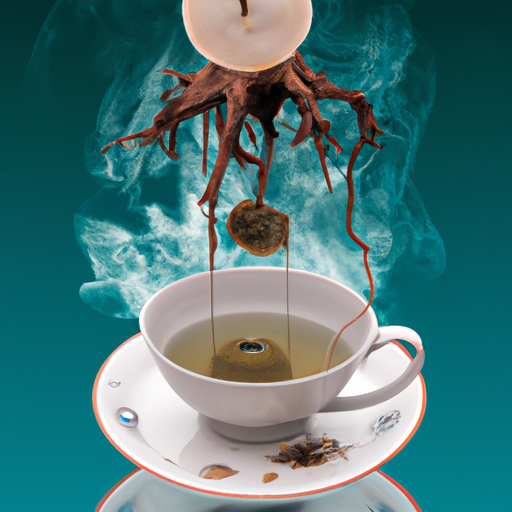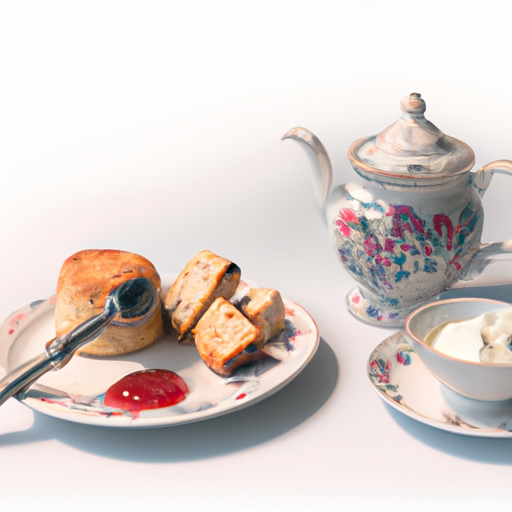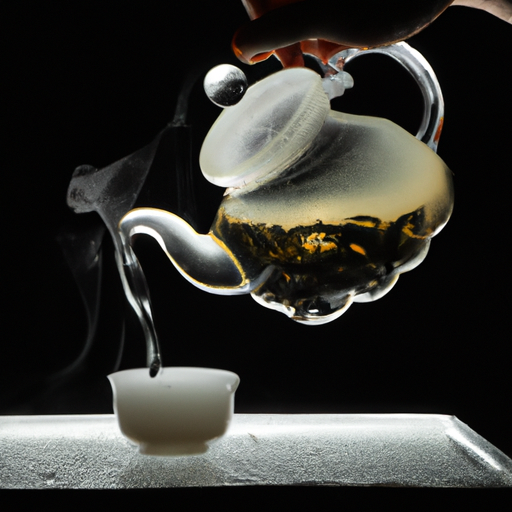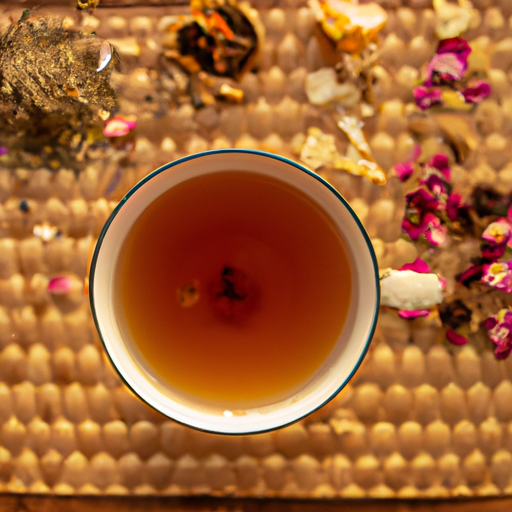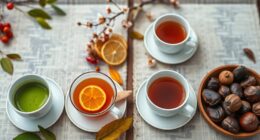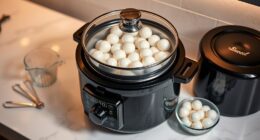Imagine this: you’re seated, prepared to savor a relaxing cup of tea. However, the initial sip proves to be underwhelming. The flavor is not quite right, causing confusion and dissatisfaction. Instead of immediately faulting the tea, there are multiple factors to take into account that could be causing this negative experience.
In this article, I will delve into the six reasons why your cup of tea may taste bad, including the quality of water, the temperature of the water, the amount of tea leaves used, the steeping time, the tea quality, and even personal preference.
But fear not! I will also provide you with practical tips on how to improve the flavor of your tea, such as considering water quality, following recommended water temperatures, and using the appropriate tea to water ratio.
So, let’s embark on a journey to uncover the secrets to a perfect cup of tea and discover how to awaken your taste buds to a world of delightful flavors.
Key Takeaways
- Water quality and temperature play a crucial role in the taste of tea.
- The amount of tea leaves used and the steeping time can affect the flavor.
- Lower quality or stale tea can contribute to a bad taste.
- Personal preference may not always align with the taste of a particular tea.
Reasons for Bad Taste
I’ve learned that there are several reasons why a cup of tea can taste bad, including water quality, water temperature, the amount of tea leaves used, steeping time, tea quality, and personal preference.
Water quality plays a crucial role in the flavor and aroma of tea. Using filtered tap water or spring water can make a significant difference in the taste.
Additionally, water temperature is essential, especially for delicate green tea.
Steeping tea for too long can result in a not-so-great taste, as well as using too little or too much tea leaves.
Moreover, lower quality or stale tea can contribute to a bad taste.
It’s important to consider these factors and adjust accordingly to ensure a better tea experience.
Improving Tea Flavor
To enhance the flavor of tea, it’s important to consider factors such as water quality, steeping time, and the right tea to water ratio.
The taste of tea can be greatly affected by the quality of water used. Filtering tap water or using spring water can make a noticeable difference in the flavor and aroma of the tea.
Additionally, steeping time plays a crucial role in achieving the desired taste. Steeping tea for too long can result in a bitter or astringent flavor, while steeping for too short a time may lead to a weak and flavorless cup. It’s crucial to follow the recommended steeping time for each type of tea to ensure optimal flavor extraction.
By paying attention to water quality and steeping time, you can greatly improve the taste of your tea.
Personal Experiences
During my tea journey, I discovered that my initial aversion to certain teas turned into appreciation as I developed my palate. One example is my experience with matcha tea. At first, I found the taste to be bitter and overpowering. However, I soon realized that the quality of matcha can greatly impact its flavor.
Once I tried a higher quality matcha, I was pleasantly surprised by its smooth and slightly sweet taste. It was a game-changer for me.
Another factor that influenced my tea taste was the impact of water quality. I noticed that when I used different types of water, such as Japan’s soft water compared to the harder water in North America, it actually affected the taste of my tea. It made me appreciate how even small details like water quality can make a significant difference in the overall flavor of a cup of tea.
Frequently Asked Questions
Can the type of teapot used affect the taste of tea?
Yes, the type of teapot used can affect the taste of tea. The material of the teapot can impact the flavor, and the brewing time can also be influenced by the teapot design.
Does the altitude at which tea is grown have an impact on its flavor?
Yes, the altitude at which tea is grown can have an impact on its flavor. Higher altitudes generally result in slower growth and more complex flavors. The processing method also affects tea taste, with different techniques bringing out different flavors.
Is it better to use loose leaf tea or tea bags for a more enjoyable cup of tea?
Loose leaf tea is generally considered better than tea bags for a more enjoyable cup of tea. The quality of tea leaves greatly affects taste, and loose leaf teas often have higher quality leaves.
Can adding milk or sweeteners help improve the taste of a bad cup of tea?
Adding honey or lemon can enhance the taste of a bad cup of tea. Honey adds sweetness while lemon adds a tangy flavor. Additionally, adjusting the brewing time can help improve the flavor of a bad cup of tea.
Are there any specific teas that are more prone to having a bad taste than others?
When it comes to tea, some varieties are more likely to leave a bad taste in your mouth. Green teas, especially delicate ones, are prone to bitterness if brewed with boiling water. Additionally, oversteeping any tea can result in an unpleasant flavor.

